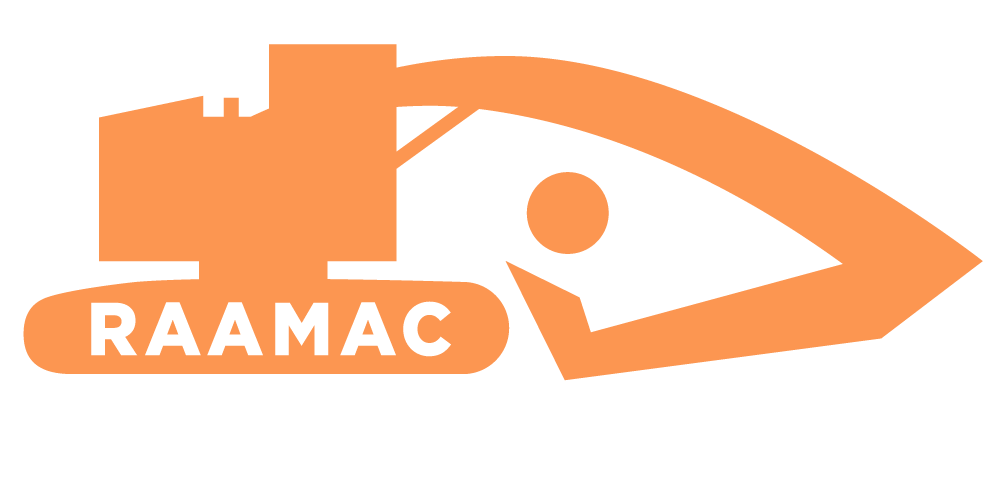Overview
This research proposes a fully automated approach for construction progress tracking and as-built model visualization using unordered daily construction images collections as well as Building Information Models (BIM). Such a task currently requires manual data collection and extensive as-planned data extraction, is infrequent and error prone; and if automated can significantly impact the management of a project. Given a set of unordered and uncalibrated site photographs, our approach first reconstruct the building scene, traverses and labels the scene for occupancy. The BIM is subsequently fused into the reconstructed scene by a control based registration-step and is traversed and labelled for expected progress visibility. A machine learning scheme built upon a Bayesian model is proposed that automatically detects physical components in presence of occlusions and demonstrates that component-based tracking at schedule activity level could be fully automated. The resulting D4AR - 4 dimensional augmented reality- model enables the as-planned and as-built models to be jointly explored with an interactive, image-based 3D viewer where deviations are automatically color-coded over the BIM. The D4AR model minimizes challenges of current progress monitoring practice and enables AEC/FM professionals to conduct various decision-enabling tasks in the virtual environment rather than the real world where is time consuming and costly.
Products
Performance Visualization
Integrated As-built/As-Planned Modeling
Automated Progress Monitoring
Share this:
Research Area
Image-based Point Cloud & BIM - D4AR Visualization
This research proposes a fully automated approach for construction progress tracking and as-built model visualization using unordered daily construction images collections as well as Building Information Models (BIM). Such a task currently requires manual data collection and extensive as-planned data extraction, is infrequent and error prone; and if automated can significantly impact the management of a project. Given a set of unordered and uncalibrated site photographs, our approach first reconstruct the building scene, traverses and labels the scene for occupancy. The BIM is subsequently fused into the reconstructed scene by a control based registration-step and is traversed and labelled for expected progress visibility. A machine learning scheme built upon a Bayesian model is proposed that automatically detects physical components in presence of occlusions and demonstrates that component-based tracking at schedule activity level could be fully automated. The resulting D4AR - 4 dimensional augmented reality- model enables the as-planned and as-built models to be jointly explored with an interactive, image-based 3D viewer where deviations are automatically color-coded over the BIM. The D4AR model minimizes challenges of current progress monitoring practice and enables AEC/FM professionals to conduct various decision-enabling tasks in the virtual environment rather than the real world where is time consuming and costly.
Appearance-based Progress Monitoring using Images & BIM
This project proposes a new method for operation-level monitoring of construction progress using image-based 3D point clouds and 4D Building Information Model (BIM). Previous research on comparing point clouds to 4D BIM has proven the practicality of performing progress monitoring by occupancy-based assessment: detecting if BIM elements are present in the scene. Nonetheless, without appearance information, operation-level monitoring - formwork vs. concrete surfaces for concrete placement - is still challenging. By leveraging the interconnectivity of site images and BIM-registered point clouds, this paper presents a new method for densely sampling and extracting 2D patches from all site images from which BIM elements are expected to be visible. Our method reasons about occlusions in the scene and classifies the material in each image patch. By formalizing the sequencing knowledge of construction operations for progress monitoring purposes and using histogram-based representation for possible types of construction materials, our method can accurately detect the current state-of-progress for BIM elements in presence of occlusions. We introduce a new image dataset for material recognition, and present promising results on operation-level progress monitoring on an actual concrete building construction site. Our method addresses the challenges of working with non-detailed BIM or high-level work breakdown structures.
Click here to learn more about the Construction Material Library and access the dataset.



